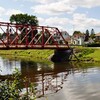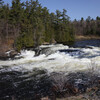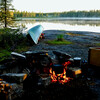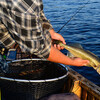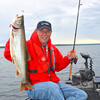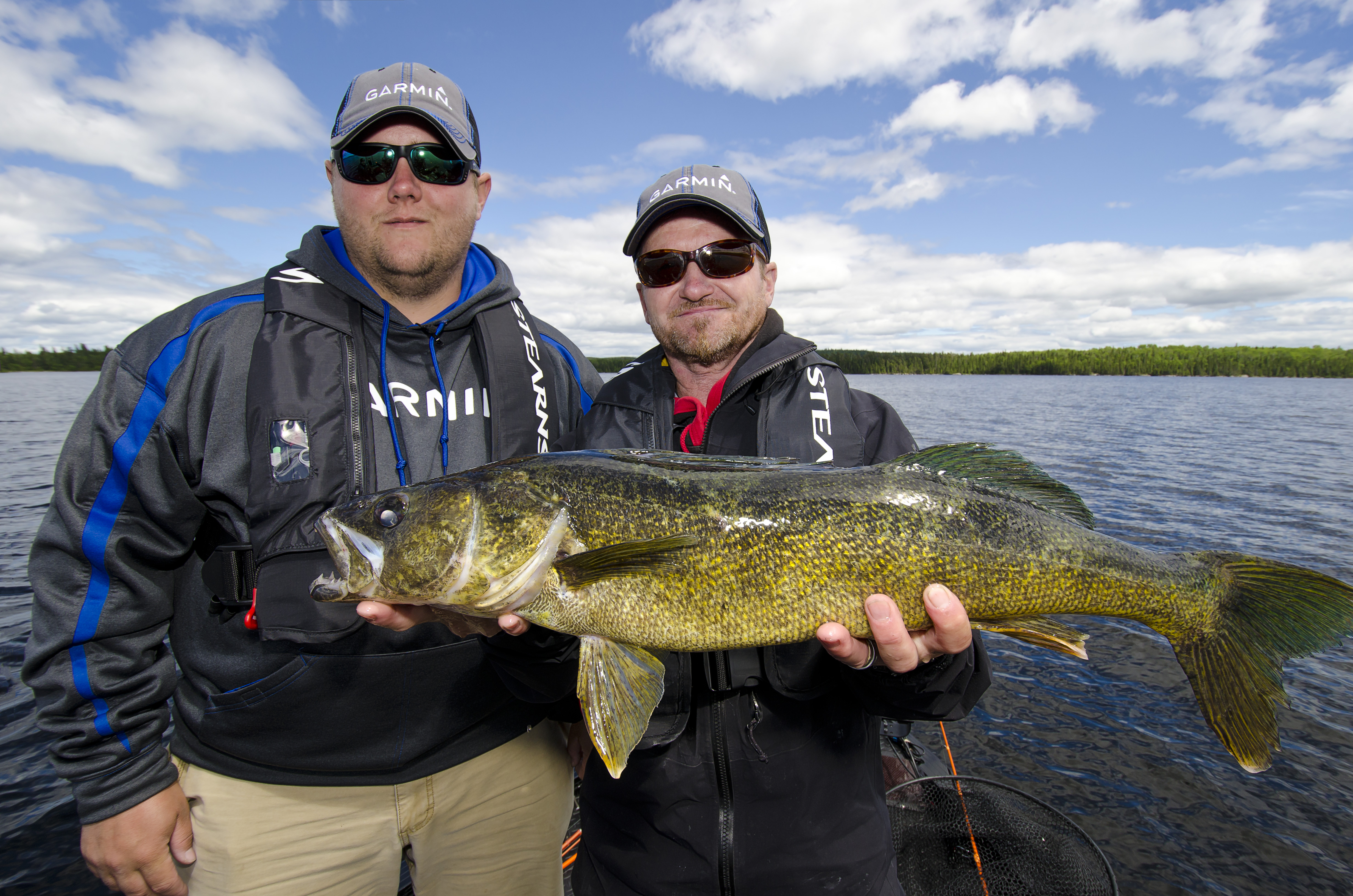
Understanding Ontario Fishing Regulations, Slot Limits, Licensing and Bringing Home Fish
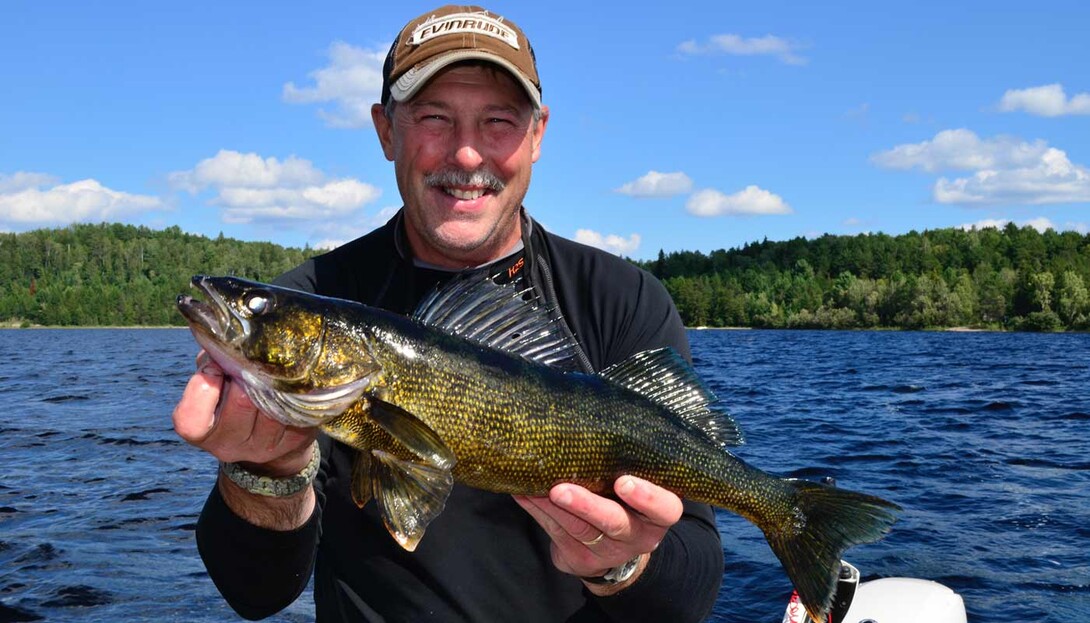
Not many anglers enjoy eating fresh-caught fish more than I do. My family was pretty much raised on bluegill, walleye, northern pike and perch fillets. It’s interesting to note that despite the fact that my family enjoys eating fish, I rarely keep more than I can eat fresh within a day or two.
For my money, fish tastes best when cooked fresh. All across Ontario’s Algoma Country, visiting anglers are treated to world-class fishing and the opportunity to enjoy freshly caught fish as a bonus. Part of fishing in Ontario is understanding and abiding by the fishing regulations.
Slot Limits
All across Ontario, visiting anglers will notice that “slot limits” are in force for popular species like walleye and northern pike. A slot limit is a useful fisheries management tool that restricts anglers from keeping too many fish that are prime adult spawning stock. Regulations change zone by zone, but typically anglers are allowed to keep four walleye, only one of which can be longer than 18 inches.
This forward-thinking management strategy concentrates fish harvest on the smaller and more abundant fish in the population, sparing the adult breeders to survive and repopulate local lakes, rivers, and streams. This system also allows an angler the luxury of keeping a trophy fish should they catch one and want to get it mounted.
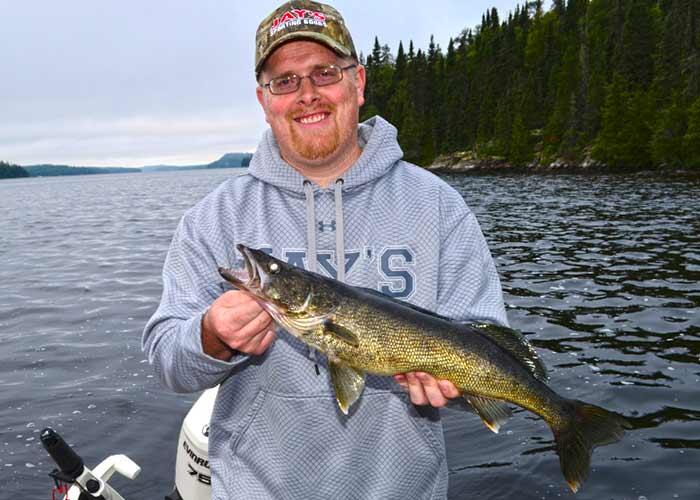
To my way of thinking, the slot limits of Ontario allow anglers to have their cake and literally eat it too! When fishing in Ontario, it’s important to carry a bunk board for measuring fish and to immediately release fish over the slot limit sizing.
When filming episodes of Fishing 411, our crew often keeps fish for shore lunch. A simple policy that works for us is to release all walleye over 18 inches; that way, we never have to worry about our group being over the slot limit.
Resource: Ontario Fishing Slot Limits
Possession
Most states have a daily limit and also a possession limit. For example, in my home state of Michigan, I can catch and keep five walleye per day. I can also have in my possession a total of 10 walleye, or what is known as a possession limit, which is twice the daily limit.
Ontario does not offer anglers a possession limit. Your daily limit is your limit, and you can only have in your possession no more than a daily limit. In other words, if you catch your four walleye in a morning of fishing, legally you cannot continue fishing for walleye until some or all of those fish are consumed. What an angler has on his stringer and the fish back at his cabin, lodge, or motel are all counted in the daily limit.
Again these “limits” are fisheries management tools that control angler harvest and keep Ontario’s sport fishing resources healthy and sustaining.
Resource: Ontario Fishing Daily Limit
License Options
In Ontario, anglers can purchase a standard license or a conservation license. The standard license costs a little more money and allows anglers to keep more fish. The conservation license is less expensive and generally cuts the limit in half.
Resource: Get Your Ontario Fishing License
In the case of walleye, an angler with a regular license can keep up to four walleye. On a conservation license, an angler could keep two walleye. Keep in mind that zone by zone some regulations are different, but in general, the conservation license is designed to allow anglers to fish at less cost, and in return, they can keep fewer fish.
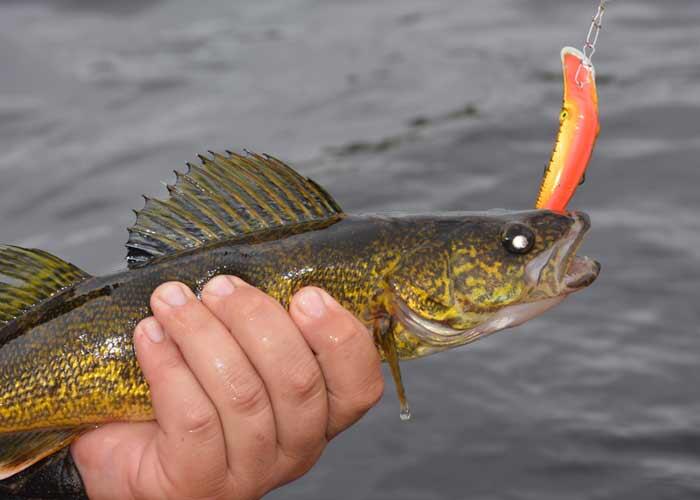
Bringing Fish Home
Should an angler decide to bring fish home, he or she can have up to four walleye on a standard license and two walleye if they have a conservation license. To transport fish in Ontario the fish being kept must be identified for species, so it’s necessary to leave a piece of skin on the fillet for identification purposes.
The best way to transport fish is to place both fillets from a fish (leave a little skin on both fillets) in a single re-sealable plastic bag. This makes it easy for conservation officers to count and identify the fish an angler is keeping. It’s best to keep fish that are to be transported home fresh. Freezing a fish makes it more difficult to tell how many and what species of fish are in any given bag.
Because it’s best to transport fish fresh, not frozen, I recommend waiting until late in a trip before keeping fish to take home. As long as fish being kept daily are consumed, an angler can continue to fish. Practicing catch and release allows anglers to maximize their angling fun without harming the resource.
Resource: Ontario Fishing Transporting Fish
Regulations Are Necessary
It may seem that Ontario’s fishing regulations are needlessly complex. Actually, the fishing regulations Ontario establishes and enforces are a huge reason why the fishing all across Algoma Country is so good.
Respecting the resource, limiting harvest to smaller fish within a species, practicing catch and release, and understanding and abiding by slot limits are all the responsibilities of the angler. It’s through the cooperation established between anglers, fisheries managers, and conservation officers that Ontario can boast some of the best fishing in North America.
When purchasing a fishing license, pick up a copy of the fishing regulations and spend a little time becoming familiar with the general rules, as well as any rules specific to the zone you’ll be fishing in. If in doubt about a fishing regulation, ask your outfitter, lodge owner, or guide to clarify before going fishing.
Resource: Ontario Fishing Regulations
Summing It Up
Most anglers enjoy keeping and eating fish almost as much as catching them! In Ontario, anglers can have their cake and eat it too.
Recommended Articles

The Butter Tart
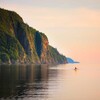
Old Woman Bay
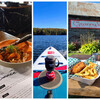
SUP, Sip, and Snack In and Around The Soo

Why Algoma?

Northern Superior Brewing and Tap Room
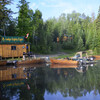
Fishing Esnagi Lake

Lake Superior
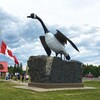
The Wawa Goose
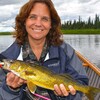
Eye Opener
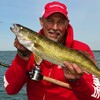
Fishing How-Tos

Arturo Ristorante
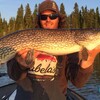
Early Season Pike

Pukaskwa National Park
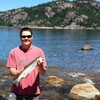
Migratory Trout & Salmon
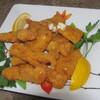
Fresh Fish Fries
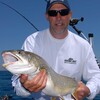
Attractor Trolling for Lake Trout
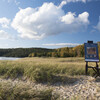
Group of Seven Touring Route
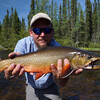
Pullen's Nagagami Lodge
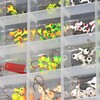
Fishing Tackle and Bait


